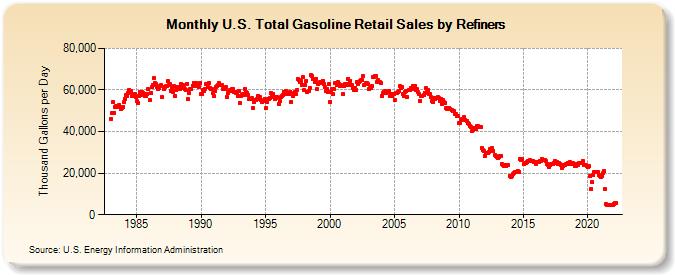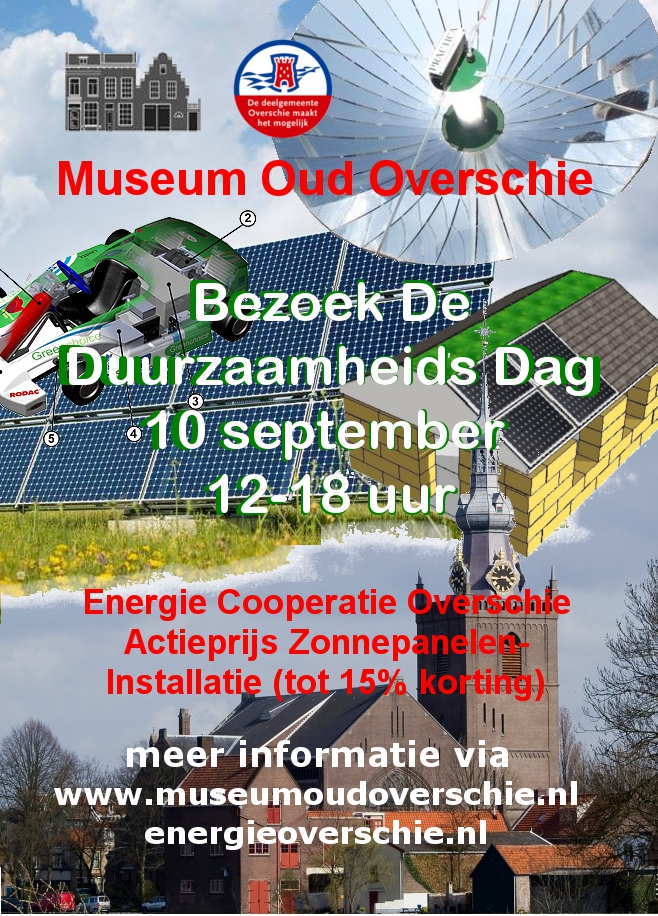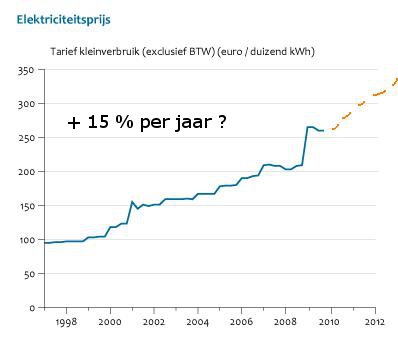"Trying to avoid the potential perils of European-style feed-in tariffs, California regulators are
moving forward with a new financing technique to stimulate immediate development
of small-scale renewable energy projects. " (bron)
Feed in tariffs are cost neutral. The way Germany did it was that those that do not generate renewable energy pay more to support those that do. It led to 50 times more solar PV installations than countries with direct subsidies. Some cities in Germany make millions a year because they could afford PV. The rule to not allow utilities into the equation (so all energy could be sold through the existing network) created a thriving PV market and millions of PV owners in a moderately sunny country. Energy allows productivity and a comfortable lifestyle, so the more the better one would say. Apparently people in California don’t agree with this assesment. Instead of a feed-in tariff it will try an auction. ‘Small projects’ has to be taken with a grain of salt, the minimal project cost will be about 2 million dollars.
"Put simply, the idea is for developers to submit bids to utilities for 1.5- to 20-megawatt projects.
The proposals must be able to be completed within 18 months at the lowest cost possible."
There are positive aspects and negative ones in this scheme. On the positive side we find that large chunks of renewable energy can come online quickly at a low per Watt cost. The approach also has lots of drawbacks the primary one being that it maintains the centralized nature of power generation, which is less efficient than distributed (close to the consumer) generation of individual rooftop installations. Less individual installations means this approach creates less jobs than the German scheme. The usually centralized nature of power distribution creates the powerbase of the current energy oligarchy. Rather than trying to break or restrict that oligarchy (as was done in Germany), this approache will enable it to shift its ‘monopoly’ to renewables.
This approach puts utilities in a position of power, allowing them to shop for the cheapest delivery of more electricity to sell without having to do anything for it themselves. The result may be that citizens never free themselves of the cost of energy, because they have to keep paying centralized suppliers in a financial system that will control the supply to maintain the revenues (because if the price drops due to over capacity funding new projects will not be possible). Of course the utilities are complaining about it, they want to make that cheap coal and gas and oil money. Now they can win (by delaying and protesting) and won’t have to lose (from decentralized schemes). Perfect arrangement for US standards.





